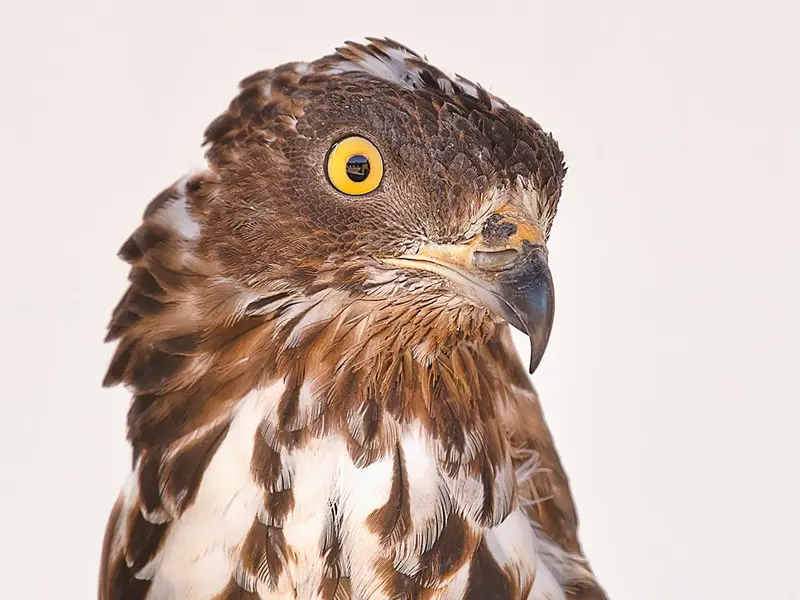“No one will protect what they don't care about; and no one will care about what they have never experienced.” — Sir David Attenborough

Everlasting Photography
Honey Buzzard
Manuka
Our Honey Buzzard was brought to us after he was mistakenly picked up from the wild as a chick and hand reared. Manuka is very tame and quite the character. As he would not be able to fend for himself in the wild, he flies free here daily, but we make sure he is well fed and has a safe place to sleep at night.









